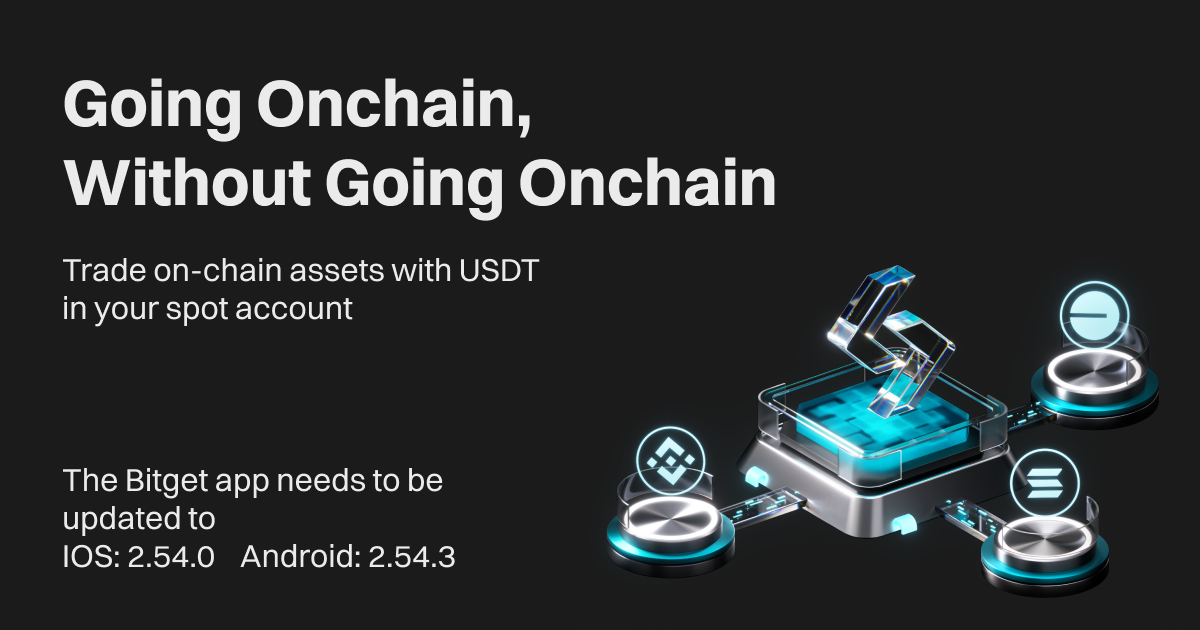Hong Kong Crypto ETFs Aim for Mainland Entry Through QDII Alternative
- Hong Kong emerges as Asia's regulated crypto hub amid strict regional capital controls, though its crypto ETF inflows lag far behind U.S. counterparts ($14.1M vs. $4.36B in recent weeks). - Red Date Technology proposes using China's QDII program to let mainland investors access Hong Kong crypto ETFs via licensed intermediaries, bypassing direct crypto ownership restrictions. - Beijing's cautious regulatory shift acknowledges digital currency oversight needs, potentially enabling mainland capital to flow

While strict capital controls across much of Asia have hindered the region’s progress in stablecoin adoption, Hong Kong has emerged as a notable outlier. Mainland China’s tough financial rules have restricted cross-border capital movement, yet Hong Kong has carved out a distinctive role as a regulated center for digital assets. Even so, the amount of money flowing into Hong Kong’s crypto ETFs remains small compared to those in the United States. According to CoinShares, U.S. digital asset funds attracted $4.36 billion in inflows last week, while Hong Kong’s crypto ETFs only brought in $14.1 million. This gap highlights the ongoing difficulties of integrating stablecoins and cryptocurrencies into Asia’s financial systems under current regulatory frameworks.
Hong Kong’s crypto ETFs, though still a niche market, have drawn interest due to their clear regulatory environment and established infrastructure. Between July 14 and 18, ETFs listed in Hong Kong saw net inflows of $880 million, but crypto ETFs made up just 1.6% of that total. The region’s careful stance mirrors a broader pattern in Asia, where uncertainty around regulations and capital controls has slowed the widespread use of stablecoins and other digital assets. However, a possible workaround is taking shape. At Consensus Hong Kong in February, the CEO of Red Date Technology suggested using the Qualified Domestic Institutional Investor (QDII) program to give mainland Chinese investors indirect access to Hong Kong’s crypto ETFs. This approach would let investors participate through licensed intermediaries, avoiding direct crypto ownership and staying within the bounds of China’s crypto restrictions.
The QDII initiative points to evolving attitudes in Beijing regarding digital assets. Although China continues to enforce a strict ban on domestic crypto trading, regulators have started to recognize the importance of studying and supervising digital currencies. This shift could open the door for mainland investors to tap into Hong Kong’s crypto market, potentially increasing ETF inflows in the city. At present, Hong Kong’s crypto ETFs find it hard to match the scale of U.S. products, where equity ETFs have seen net outflows but crypto funds have bucked the trend with record inflows. Should the QDII model be implemented, Hong Kong could become a conduit for mainland capital seeking crypto exposure, sidestepping broader regional barriers.
Such a development could have far-reaching effects. If mainland investors are allowed access, participation in Hong Kong’s crypto ETFs could rise sharply, echoing the mainstream status of crypto ETFs in the U.S. Nonetheless, obstacles remain. The success of the QDII proposal depends on regulatory approval and the ability to comply with China’s capital control policies. For now, the U.S. continues to lead in crypto fund inflows, but Hong Kong’s potential as a regulated entry point could reshape the landscape in Asia.
As the crypto sector faces global economic headwinds, the balance between capital controls and regulatory innovation will be crucial. Hong Kong’s role as a regulated crypto center offers insight into how Asia might respond to increasing interest in digital assets. While stablecoin adoption is still limited in much of the region, Hong Kong could become a pivotal hub for cross-border crypto investment if regulators keep seeking ways to balance oversight with market accessibility.
Disclaimer: The content of this article solely reflects the author's opinion and does not represent the platform in any capacity. This article is not intended to serve as a reference for making investment decisions.
You may also like
YBUSDT now launched for futures trading and trading bots
[Initial Listing] Bitget Will List ZEROBASE (ZBT). Come and grab a share of 1,750,000 ZBT
New spot margin trading pair — ENSO/USDT!
Onchain Challenge (Phase 23) — Trade and share 120,000 BGB in airdrops
